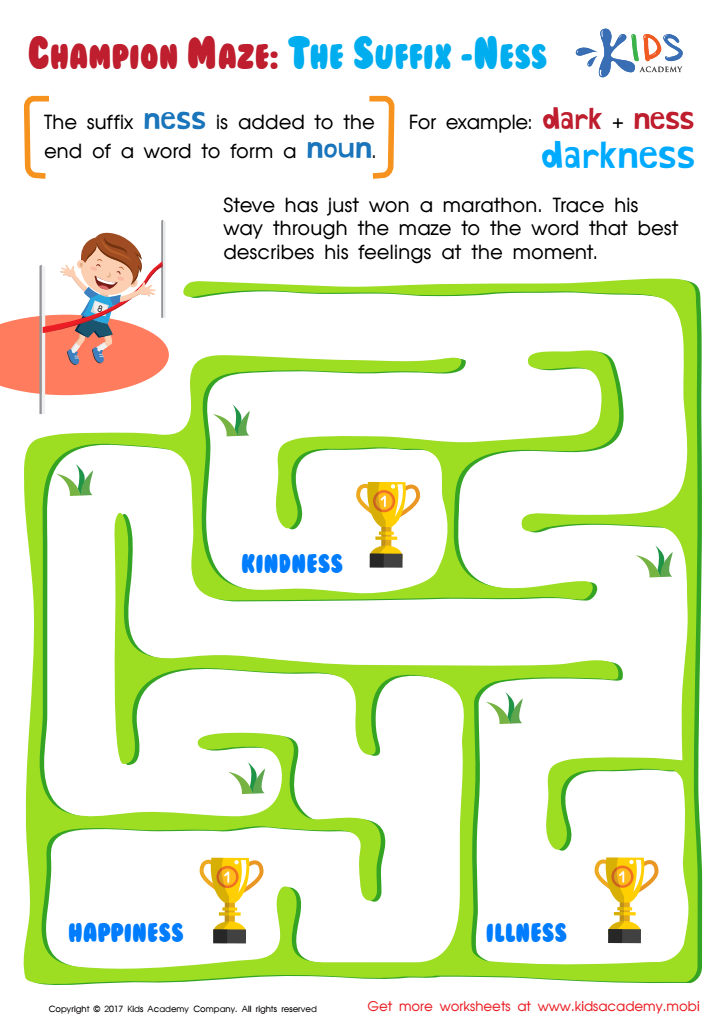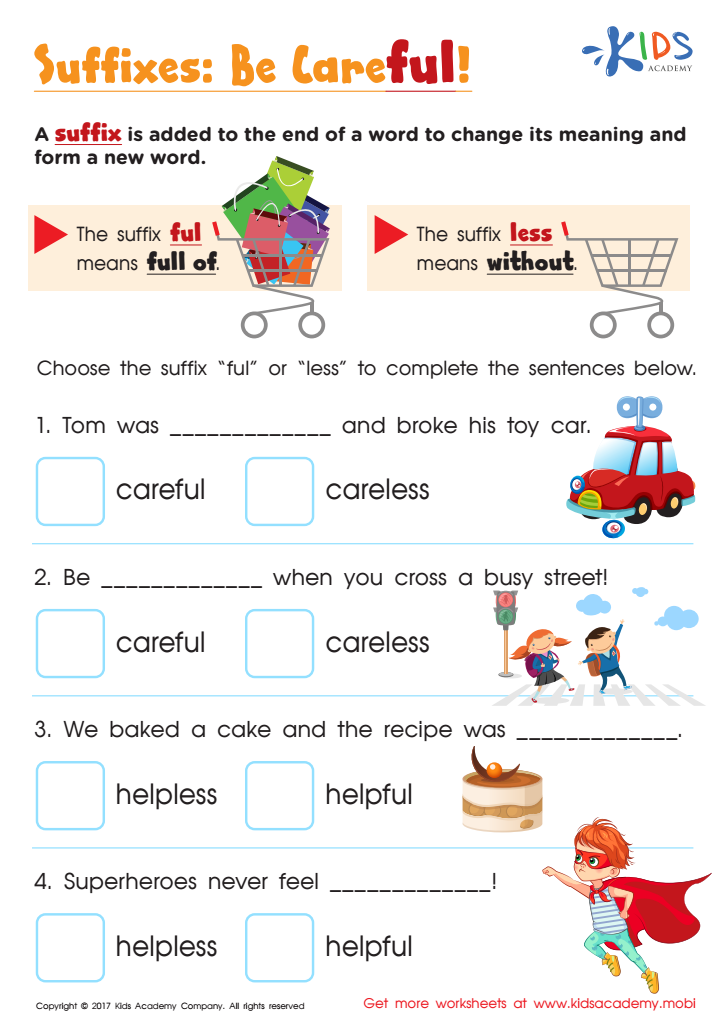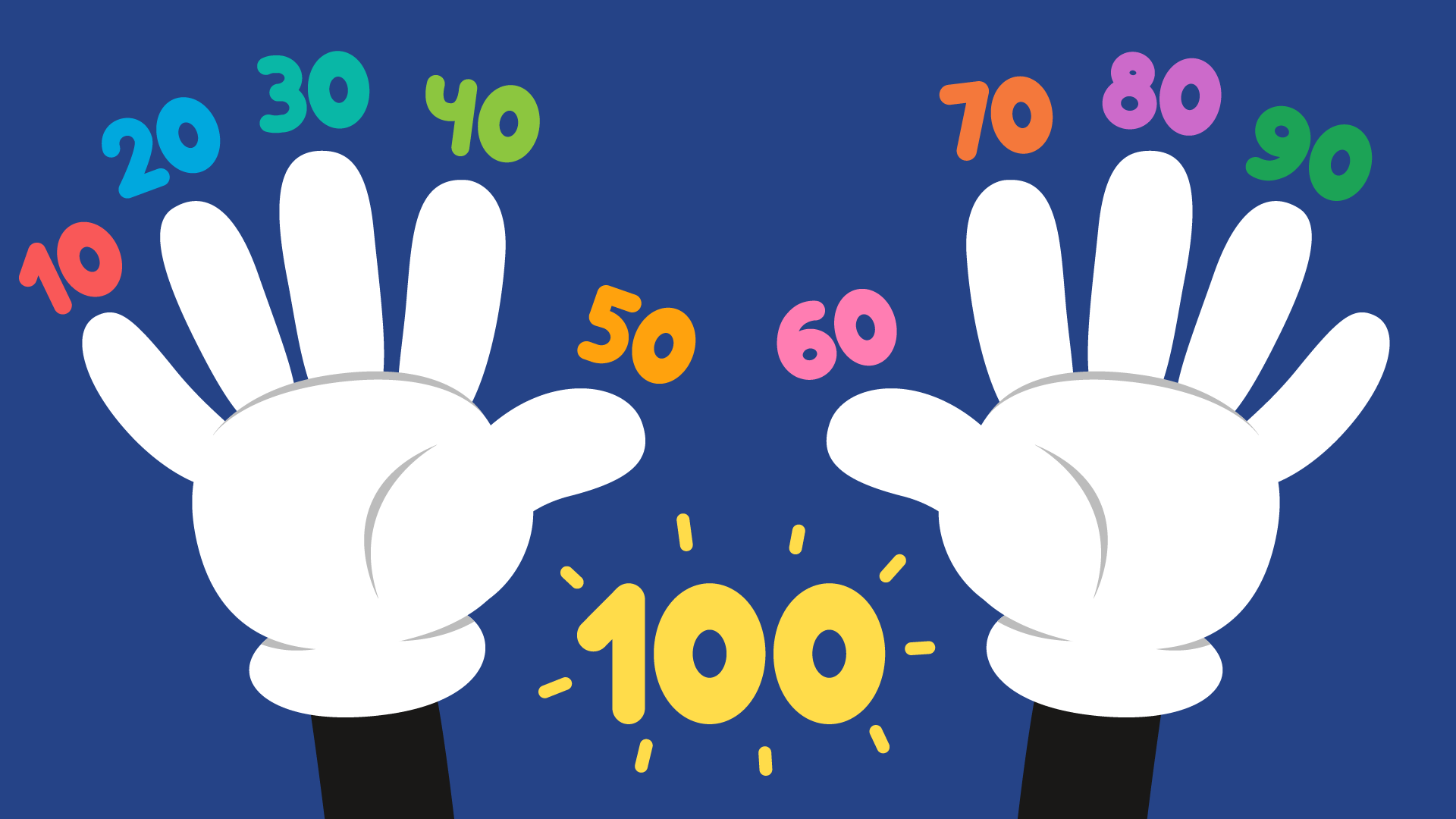Understanding suffixes Normal Reading Worksheets for Ages 7-9
3 filtered results
-
From - To
Dive into "Understanding Suffixes" with our captivating Normal Reading Worksheets, tailored for children ages 7-9. These engaging resources focus on boosting your child's language arts skills by exploring the magic of suffixes. Through diverse and interactive activities, students will learn how suffixes modify word meanings and expand vocabulary. Each worksheet is designed to make learning enjoyable and effective, serving as a stepping-stone to mastering more complex reading skills. Perfect for both classroom settings and home study, these worksheets will empower young learners to decode new words with confidence and curiosity. Unlock the doors to successful word construction and comprehension today!


Reading: Words With Suffixes Worksheet


Suffix Ness Worksheet


Suffixes Ful and Less Worksheet
Understanding suffixes is vital for children aged 7-9 because it significantly enhances their reading and writing skills. At this developmental stage, kids transition from basic reading to more complex texts. Suffixes, the word endings like '-ed', '-ing', and '-ly', add meaning and alter the function of root words. For instance, knowing that '-ed' turns 'jump' into 'jumped' helps children understand past tense, while providing clues for pronunciation and comprehension.
Teachers and parents need to emphasize suffixes because they broaden a child's vocabulary and linguistic flexibility. When children grasp the meaning of suffixes, they can decode new words more efficiently and naturally expand their vocabulary. A word like 'happily' is understood by recognizing the root word 'happy' and the added meaning of '-ly'.
Moreover, understanding suffixes contributes to improved spelling. Children aware of common suffixes can better predict and remember spellings of complex words. This skill fosters greater confidence in both writing and reading, crucial for academic success.
In conclusion, parents and teachers should care about teaching suffixes as it enhances language development, reading comprehension, and spelling accuracy, forming a strong foundation for advanced literacy skills.
 Assign to My Students
Assign to My Students
















